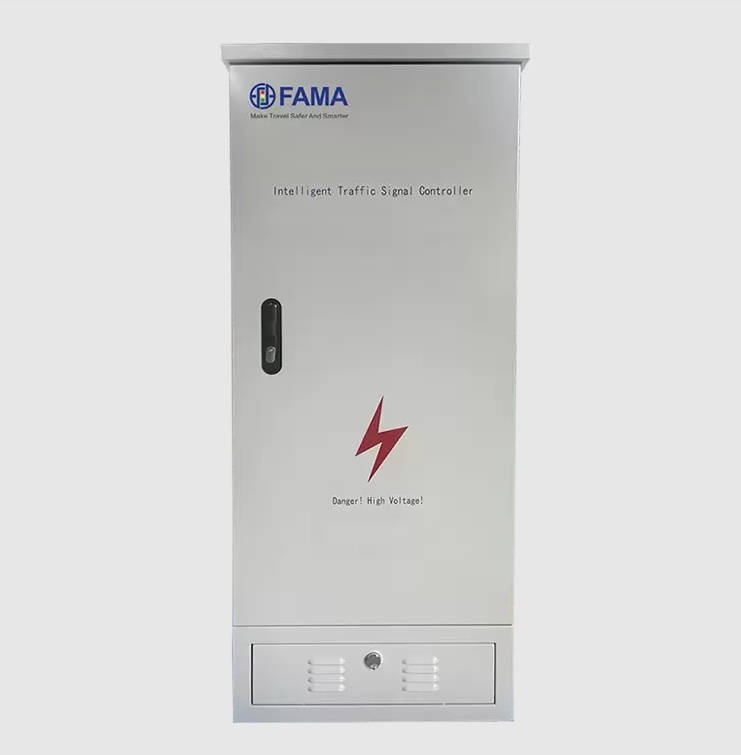In the realm of food packaging, custom snack packaging plays a pivotal role in maintaining the integrity and safety of snacks while also enhancing their market appeal. Selecting the right materials is crucial for custom snack packaging suppliers like Leater, as it directly impacts the product's shelf life, flavor, and consumer health. This comprehensive guide delves into the various materials available for custom snack packaging and the factors to consider when making these selections.

Understanding Custom Snack Packaging Materials
Custom snack packaging materials are designed to protect the product from external factors such as moisture, oxygen, and light, which can degrade the quality and safety of the snacks. The materials must be food-grade, non-toxic, and should not impart any foreign flavors or chemicals into the food. The choice of material also affects the convenience of the packaging, such as its ability to be resealable, easy to open, or portable.
Polyethylene (PE)
Polyethylene is a versatile plastic material known for its flexibility, moisture barrier properties, and affordability. It is commonly used in the production of custom snack packaging bags due to its ability to maintain the freshness of snacks like chips, popcorn, and nuts. PE is available in various densities, with high-density polyethylene (HDPE) being more rigid and low-density polyethylene (LDPE) being more flexible. Custom snack packaging suppliers often use PE for its strength and resistance to punctures.
Polypropylene (PP)
Polypropylene is another plastic material that is favored for custom snack packaging due to its resistance to heat, chemicals, and moisture. It is a popular choice for packaging snacks that require a higher level of protection, such as baked goods and certain types of chips. PP is also recyclable, making it an attractive option for environmentally conscious custom snack packaging suppliers like Leater.
Polyester (PET)
Polyester, or PET, is a durable and transparent material that is often used in custom snack packaging for its high barrier properties against oxygen and moisture. This makes it an excellent choice for preserving the freshness and flavor of snacks like dried fruits, candies, and jerky. PET is also known for its strength and lightweight nature, which contributes to the sustainability efforts of custom snack packaging suppliers.
Aluminum Foil
Aluminum foil is a metal material that provides an excellent barrier against light, oxygen, and moisture. It is often laminated with other materials like plastic or paper to create a high-barrier custom snack packaging solution. Aluminum foil is used in custom snack packaging for products that are sensitive to light and oxygen, such as certain types of nuts and high-fat snacks. It is also appreciated for its recyclability and the premium appearance it gives to the packaging.
Nylon (PA)
Nylon, or PA, is a strong and flexible material that is often used in custom snack packaging for its high oxygen barrier properties. It is particularly useful for packaging snacks that require a longer shelf life, such as trail mixes and certain types of jerky. Nylon can be combined with other materials to create a custom snack packaging solution that offers both strength and barrier properties.
Choosing the Right Material for Custom Snack Packaging
When selecting materials for custom snack packaging, suppliers like Leater must consider several factors to ensure the safety and quality of the snacks. These factors include:
1. Barrier Properties: The material must provide an effective barrier against oxygen, moisture, and light to maintain the freshness and safety of the snacks.
2. Temperature Resistance: The material should be able to withstand the temperature conditions during storage and transportation without losing its integrity.
3. Strength and Puncture Resistance: The material should be strong enough to protect the snacks from physical damage and punctures.
4. Recyclability: Choosing recyclable materials can help reduce the environmental impact of custom snack packaging and appeal to eco-conscious consumers.
5. Cost-Effectiveness: The material should be cost-effective while still meeting the necessary performance requirements.
6. Regulatory Compliance: The material must comply with all food safety regulations and standards to ensure the safety of the snacks.
7. Branding and Marketing: The material should allow for effective branding and marketing through high-quality printing and design.
The Role of Custom Snack Packaging Suppliers
Custom snack packaging suppliers play a critical role in the selection and application of materials for custom snack packaging. They work closely with food manufacturers to understand their specific needs and challenges. Suppliers like Leater offer a range of materials and can provide guidance on the best options for each type of snack product. They also ensure that the materials used meet all regulatory requirements and can be tailored to the specific needs of the product, such as resealability, stand-up pouches, or other unique packaging designs.
Conclusion
Selecting the right materials for custom snack packaging is a complex process that involves balancing various factors, including barrier properties, temperature resistance, strength, recyclability, cost, and regulatory compliance. By working with experienced custom snack packaging suppliers like Leater, food manufacturers can ensure that their products are packaged in materials that not only protect and preserve the snacks but also enhance their market appeal and consumer experience. As the demand for high-quality, safe, and sustainable snack packaging grows, the role of custom snack packaging suppliers becomes more important than ever in delivering solutions that meet these evolving needs.
www.leaterpack.com
Leater

More Stories
Why Choose 16 oz Plastic Sauce Bottles for Your Food-service or Retail Needs
Xiangrun Packaging Materials – Your Trusted Food Stretch Film Supplier
The Most Popular Cardboard Gift Boxes in 2025